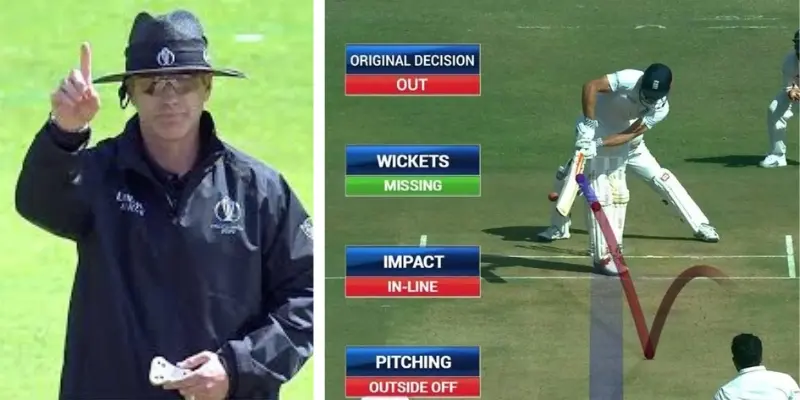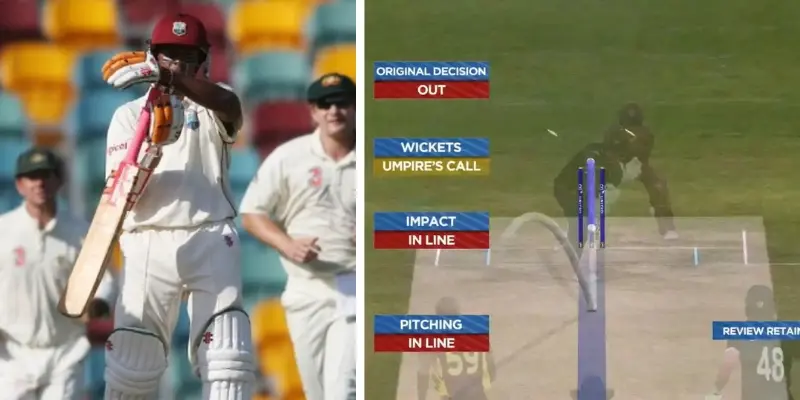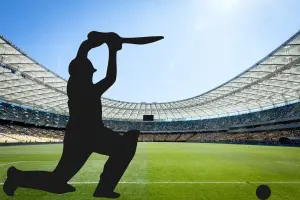How Umpires Decide LBW in Cricket | The Hidden Science Behind the Finger Raise
Published: 14 Jan 2025
You’ve probably heard the term LBW if you love to see cricket matches. And probably would have argued with your mates whether that was out or not. Technology has made it far clearer and cleaner than in the past. It stands for Leg Before Wicket and is one of the most common ways a batter can get out. Understanding LBW can be tricky at first, but don’t worry—we’ll break it down step by step.

What Does LBW Mean?
LBW happens when the ball hits the batter’s body first (usually the leg) instead of the bat. But for the batter to be out, certain conditions must be met. The idea is to stop players from unfairly blocking a ball that would hit the stumps.
When Can a Batter Be Given LBW?
Here are the key conditions for an LBW decision:
- Legal Delivery:
The ball must be a fair delivery, meaning it isn’t a no-ball (the bowler overstepping). - First Contact:
The ball should hit the batter’s body first before touching (if it touches) the bat. - Ball Pitching:
The ball must pitch in line with the stumps or on the off side.- If it pitches outside the leg stump, LBW does not apply.
- Impact Point:
The ball must hit the batter in line with the stumps or outside the off stump if they didn’t try to hit the ball. - Shot Attempt:
If the batter does not attempt a shot and is hit outside the off stump, they can still be given out LBW.
Why Is LBW Important?
LBW ensures fair play by preventing batters from using their bodies to block deliveries likely to hit the stumps. Without this rule, cricket would lose its balance between bat and ball.
Real-Life Example
Imagine a fast bowler delivers a ball that would hit the middle stump. The batter misses the shot, and the ball strikes their front pad directly in line with the stumps. If the umpire believes the ball would have gone on to hit the stumps, they can raise their finger to signal an LBW out.
How Do Umpires Decide?
Modern cricket uses technology like Hawk-Eye to help umpires make accurate LBW decisions. The system tracks the ball’s path and predicts if it would have hit the stumps.

In cricket, players have the option to request a review using the Decision Review System (DRS) if they disagree with the on-field umpire’s decision regarding an LBW dismissal. The request has to be made within 15 seconds of the on-ground umpire’s decision. This allows either the batter or the fielding team captain to refer the decision to the third umpire for review.
Tips to Avoid LBW
- Focus on Footwork: Move your feet towards the ball to play it properly.
- Watch the Ball Closely: Keep your eyes on the ball until the last moment.
- Practice Defensive Shots: Learn to block deliveries effectively.
Final Thoughts
Now you know what LBW means and how it works. Understanding this rule makes watching or playing cricket even more exciting. Next time you see an umpire raise their finger for LBW, you’ll know exactly what happened!
Enjoy your cricket journey!

- Be Respectful
- Stay Relevant
- Stay Positive
- True Feedback
- Encourage Discussion
- Avoid Spamming
- No Fake News
- Don't Copy-Paste
- No Personal Attacks

- Be Respectful
- Stay Relevant
- Stay Positive
- True Feedback
- Encourage Discussion
- Avoid Spamming
- No Fake News
- Don't Copy-Paste
- No Personal Attacks





